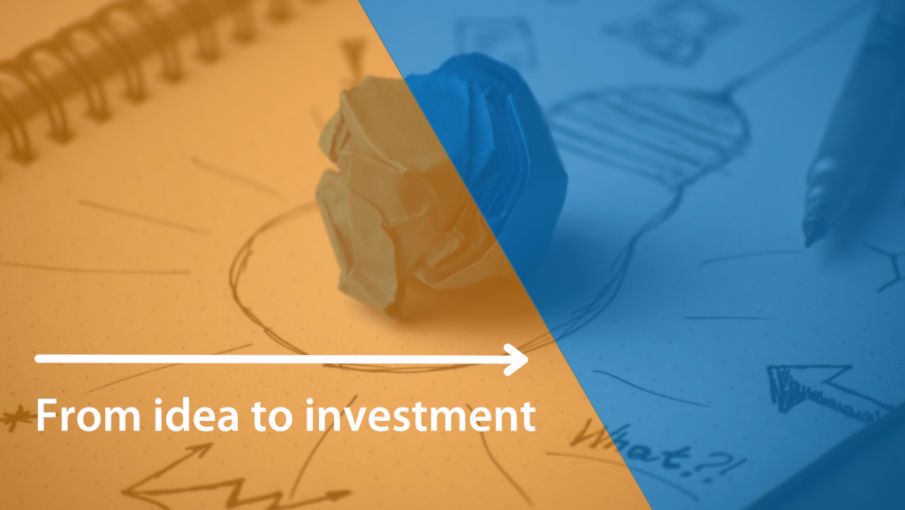- News
From waste-to-energy to long-duration energy storage – in just three years the SFW Innovation Program has taken us into several promising new business areas that are already yielding results.
The energy industry is currently in the midst of an exciting transformation. Both old and new players alike are looking for innovative ways to transition from fossil fuels towards more sustainable production.
In 2018, we decided to create a dedicated program to develop the best circular-economy and decarbonization ideas from our employees and partners. Since then, the SFW Innovation Program has diversified our company’s product and service portfolio with a number of promising new concepts and partnerships.
From idea to investment
Image

One of the program’s early successes is a partnership with UK-based pioneer in cryogenic energy storage, Highview Power. SFW’s parent company, Sumitomo Heavy Industries (SHI), has made a USD 46 million investment in Highview Power to expand its capabilities and market reach in Long Duration Energy Storage technology (LDES) with Liquid Air.
Using LDES technology with Liquid Air as the main storage medium – through liquefaction and expansion with turbines – enables scaling up to several gigawatt hours without geographical limitations. In this way the technology helps significantly in bridging the gap to achieving net-zero power systems.
The Innovation Program has also led to an investment and partnership agreement between SFW and WOIMA Corporation, a waste-to-value supplier from Finland. WOIMA has created a modular and prefabricated solution for building waste-to-energy power plants. The approach is ideal for local waste management and energy generation in small- and medium-sized cities. SFW has become a strategic investor in WOIMA, with the aim of helping the company to scale globally.
There is also a services dimension to the work of the Innovation Program. The flagship project in this area is with Vantaan Energia, one of the largest electricity and heating providers in Finland. SFW provided a multi-fuel retrofit for the company’s oil-burning boiler so that it can now burn up to 100% forest residues. A digital solution was installed too, allowing Vantaan Energia to closely monitor the minimum and maximum capacity of the retrofitted boiler.
Tapping into people power
Image

One of the ways the SFW Innovation Program identifies new ideas is through an Innovation Challenge for our employees. The latest round was centred on the hydrogen economy, with people from across the organization asked to submit ideas in the areas of hydrogen production, transportation, storage and industrial application.
Senior Technology Engineer Riku Parkkonen was one of the three finalists. His idea looked at using the waste heat from hydrogen production in Liquid Air Energy Storage.
SFW’s innovation team is now evaluating the viability of Parkkonen’s proposal, with a view towards a proof-of-concept later.
Pawel Kozolub is a Performance Engineer and Team Leader at SFW in Poland. He was chosen as a finalist for a hydrogen storage idea.
Grzegorz Szastok, Vice President in Commercial Management, was also chosen as a finalist. His idea is to feed biomass boilers with oxygen from electrolyzers, instead of with air.
SFW believes in open innovation, collaboration and partnerships. We welcome you to get in touch with our Innovation Program team through our website, Innovation – Sumitomo SHI FW (shi-fw.com).



